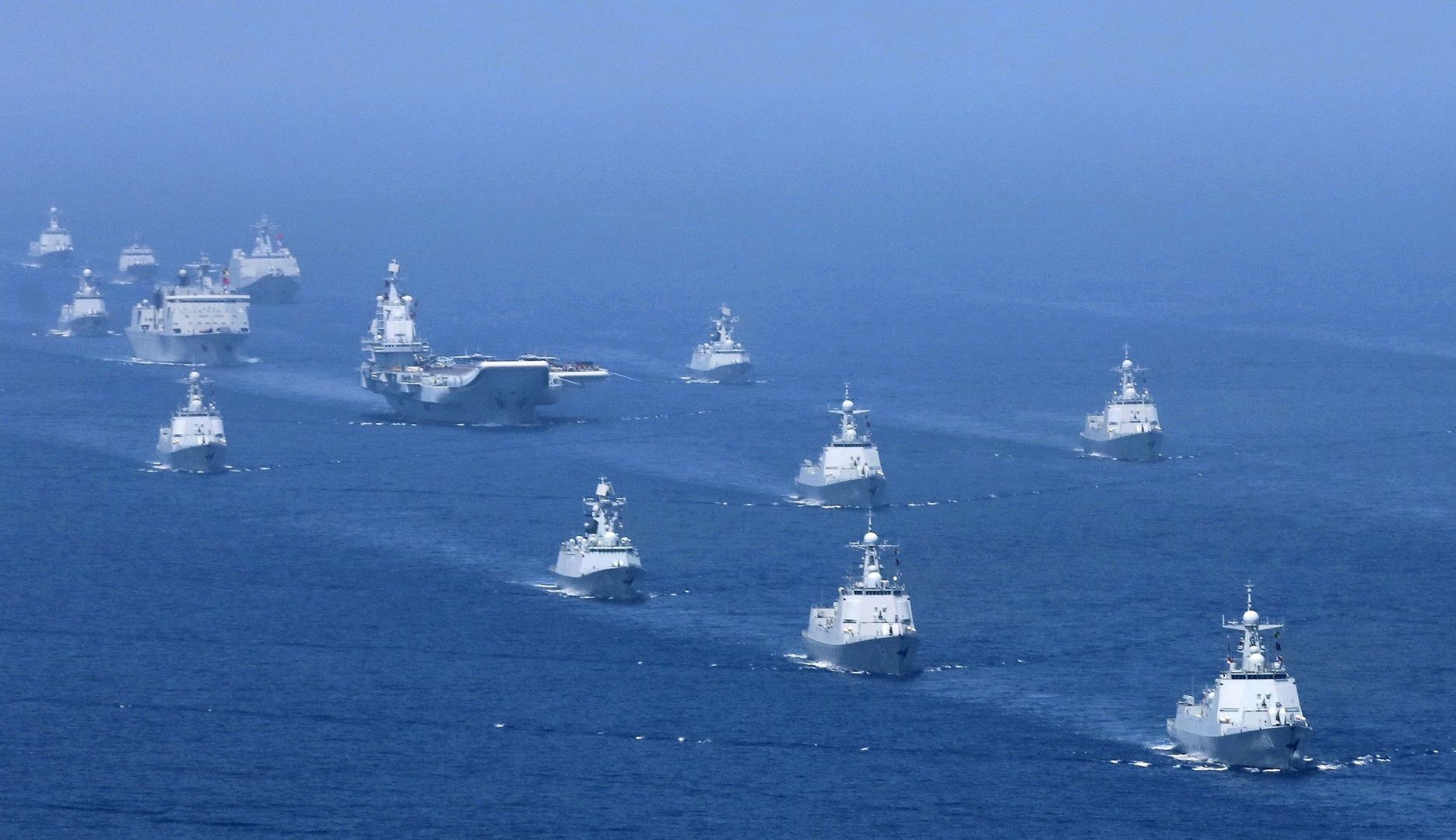Australia’s decision to acquire nuclear-powered submarines under a newly announced alliance with the United States and Britain has highlighted regional concerns over China’s growing maritime might in the Pacific.
Justifying ditching an earlier deal with France for conventional submarines, Australian Prime Minister Scott Morrison said it was “not a change of mind, it’s a change of need”.
AFP takes a look at how the military balance of power in the region stands.
Total battle force
In terms of number of ships — surface vessels and submarines — China has the largest navy in the world, according to the US Department of Defense.
At the end of 2020, the size of China’s navy — or its “battle force ships” — was approximately 360, compared to the United States’ 297, according to the US Office of Naval Intelligence.
It also projected that China’s navy will increase to 400 ships in 2025 and 425 in 2030.
Rate of expansion
Five of the United States’ 11 aircraft carriers are based in the Pacific.
But China has already started construction on its third aircraft carrier and is also building more destroyers.
According to defence experts Janes, between 2015 and 2019, China built 132 vessels — compared to the United States’ 68, India’s 48, Japan’s 29 and Australia’s nine.
France built 17 new ships in the same timeframe, while Britain manufactured four, two of which were aircraft carriers.
Or to put it another way, in four years, China launched the equivalent of the French naval fleet, according to Admiral Pierre Vandier, Chief of Staff of the French Navy.
He said the “historic Chinese naval effort” represented 55 percent of China’s defence budget.
Submarines
Beijing has six nuclear-powered ballistic missile submarines (SSBNs) that are armed with nuclear missiles, as well as around 40 attack submarines, of which six are nuclear-powered, according to Military Balance, the International Institute for Strategic Studies’ annual assessment of military capacity around the world.
For its part, Washington has 21 attack submarines and eight SSBNs in the Pacific, mainly operating out of Pearl Harbor, according to the US Navy.
Australia has six Swedish-designed diesel-electric Collins-class submarines that have been in service since the mid-1990s.
It had been due to refresh its fleet with 12 French-made state-of-the-art attack vessels; to Paris’ fury, that multibillion-dollar deal has now been scrapped in favour of building a nuclear-powered fleet with US help.
As well as Australia, other regional stakeholders have beefed up their naval capabilities, most notably in terms of acquiring their own underwater vessels.
Vietnam has six Russian-designed submarines; Malaysia has two submarines; Indonesia has ordered six from South Korea; and the Philippines is thinking of building its own fleet as well.
All these countries are locked in long-running maritime territorial disputes with China.
Meanwhile Japan has 23 submarines, South Korea has 18, Singapore has two and Russia has a dozen.
In a sign of the mounting tensions in the region, France deployed one of its nuclear attack submarines, the Emeraude, to the Pacific at the beginning of 2021 — a first since 2001.











